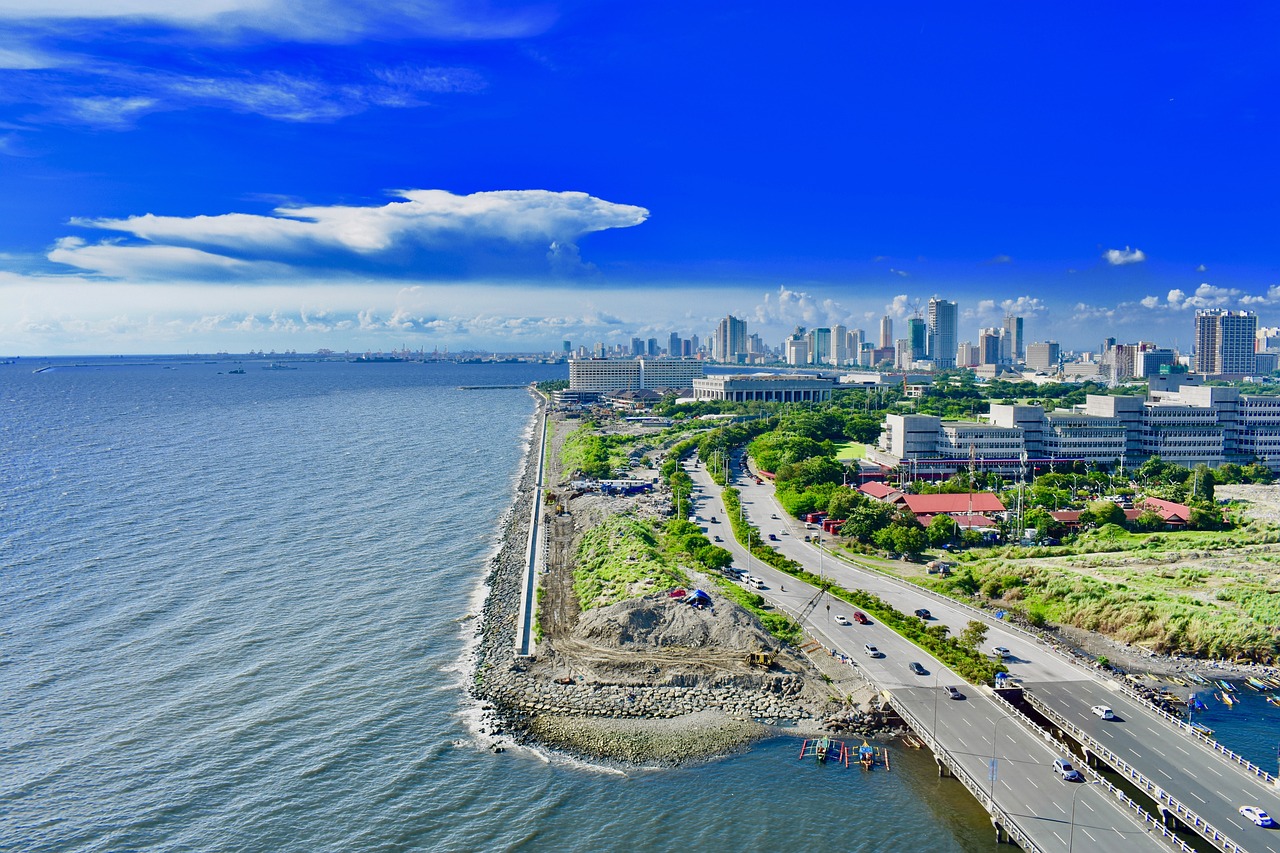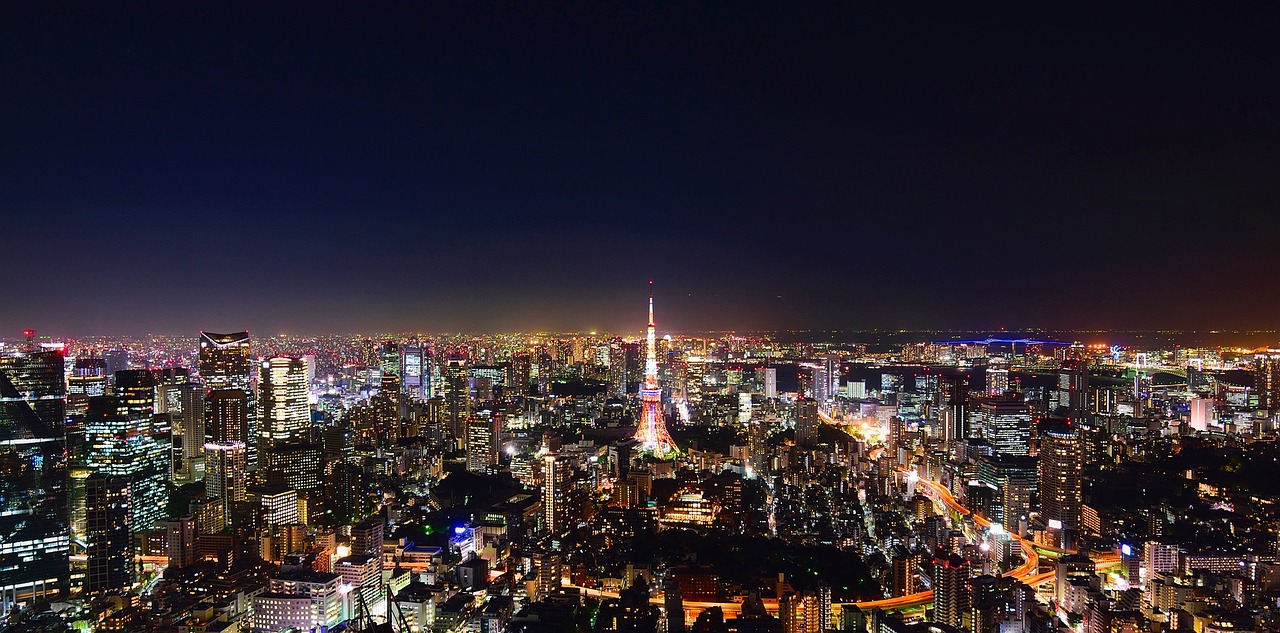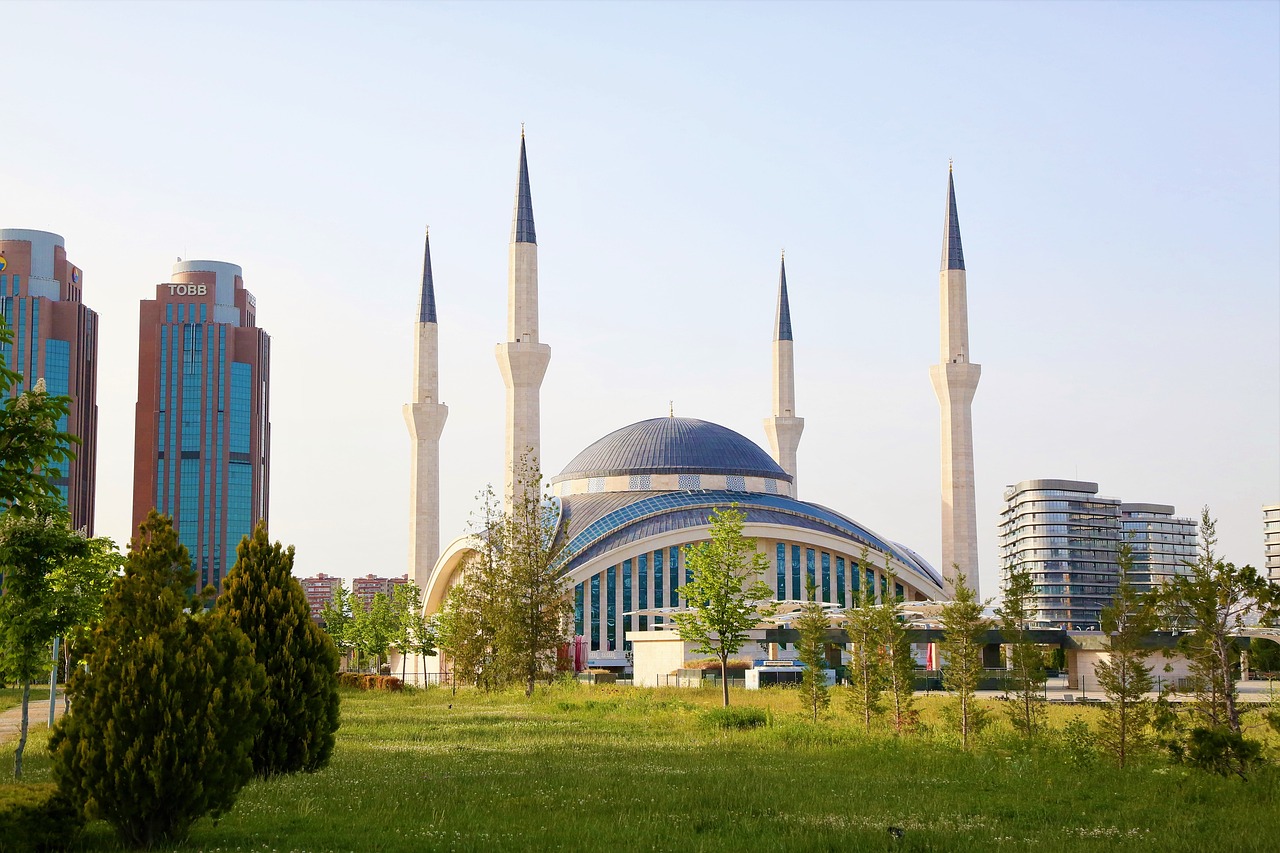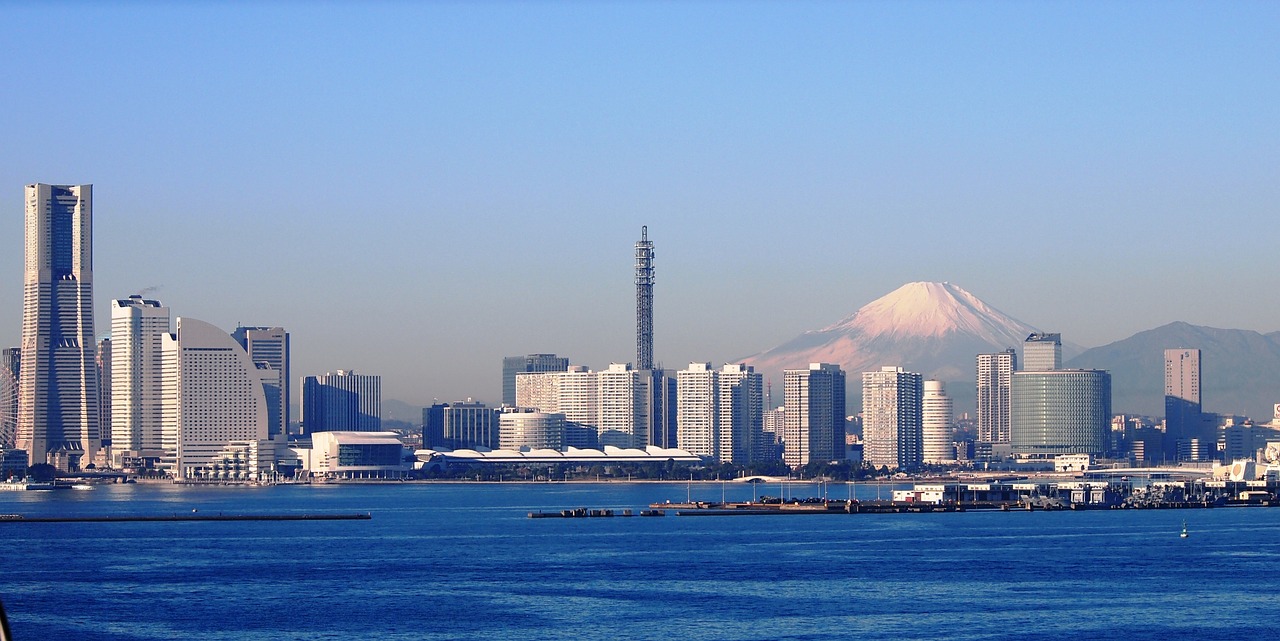Manila is the capital city of the Philippines, located in Southeast Asia, in the southwestern part of Luzon island, the largest and most populous island in the Philippines. The city is situated on the eastern shore of Manila Bay, and is the political, economic, and cultural center of the country. Manila is one of the most densely populated cities in the world, with a population of over 1.7 million people, and is one of the 16 cities that make up the Metro Manila area. The city is known for its rich history and cultural heritage, with a blend of indigenous, Spanish, and American influences. It is also a hub for commerce, trade, and industry in the Philippines, with a bustling economy that drives growth and development in the region.
Compared to other nearby capital cities, Manila has a unique blend of historic landmarks, cultural attractions, and modern amenities. Jakarta, the capital city of Indonesia, is known for its bustling streets and diverse culinary scene. Kuala Lumpur, the capital city of Malaysia, is famous for its iconic Petronas Twin Towers and vibrant nightlife. Bangkok, the capital city of Thailand, is known for its ornate temples and bustling street markets. While each city has its own distinct character and attractions, Manila offers visitors a unique and unforgettable experience with its diverse culture, history, and modern amenities.
Short History
Manila has a complex history that spans more than 400 years. The city was founded in 1571 by the Spanish conquistador, Miguel López de Legazpi, and served as the capital of the Spanish East Indies for more than 300 years. During this time, Manila became an important center of trade and commerce, with a thriving port that connected the Philippines to the rest of the world.
In the late 19th and early 20th centuries, Manila came under American colonial rule after the Spanish-American War. Under American rule, Manila continued to develop as a major center of commerce and trade, with the construction of modern infrastructure such as roads, bridges, and buildings.
During World War II, Manila was heavily bombed and suffered significant damage, particularly in the Battle of Manila, which resulted in the deaths of tens of thousands of civilians. After the war, the city underwent a period of rebuilding and recovery, with the construction of new buildings and infrastructure.
Today, Manila is a bustling metropolis with a cultural heritage that reflects its history of colonization and trade. It remains a center of commerce, industry, and education in the Philippines, and is home to many important institutions such as the Philippine Stock Exchange, the University of Santo Tomas, and the National Museum of the Philippines.
Architecture
The architecture of Manila reflects its history, with a blend of indigenous, Spanish, American, and modern influences. Some notable architectural styles found in Manila include:
- Spanish colonial architecture – This style is characterized by its use of red brick and stonework, ornate ironwork, and Baroque and neoclassical detailing. Examples of Spanish colonial architecture can be found in the historic district of Intramuros, including the San Agustin Church and the Fort Santiago.
- American colonial architecture – This style is characterized by its use of reinforced concrete, Art Deco and Art Nouveau detailing, and streamlined modernist elements. Examples of American colonial architecture can be found in buildings such as the Manila Metropolitan Theater and the Philippine General Hospital.
- Modernist architecture – This style emerged in the mid-20th century and is characterized by its use of clean lines, functionalism, and a rejection of ornate detailing. Examples of modernist architecture in Manila include buildings such as the Cultural Center of the Philippines and the Philippine International Convention Center.
- Contemporary architecture – This style is characterized by its use of cutting-edge technology and innovative design, often incorporating sustainable and eco-friendly elements. Examples of contemporary architecture in Manila include buildings such as the Bank of the Philippine Islands Tower and the Zuellig Building.
Overall, Manila’s architecture is a testament to the city’s enduring legacy as a center of commerce, culture, and innovation, with a blend of styles and influences that create a unique and dynamic urban landscape.
Museums and Galleries
Here are some of the most interesting museums and galleries in Manila:
- National Museum of the Philippines – features Filipino culture and history through a collection of fine art, archeological, and ethnographic artifacts.
- Ayala Museum – showcases the Philippines’ rich cultural heritage with a wide range of exhibits that include pre-colonial gold, indigenous textiles, and contemporary art.
- The Mind Museum – a science museum that features interactive exhibits on various scientific topics, such as space, robotics, and biology.
- Museum of Contemporary Art and Design – showcases contemporary art from the Philippines and around the world through exhibitions, events, and educational programs.
- Bahay Tsinoy – a museum that showcases the Chinese-Filipino heritage through various exhibits and artifacts.
- Metropolitan Museum of Manila – showcases Filipino art and culture with a collection that spans from pre-colonial times to contemporary art.
- Cultural Center of the Philippines – not just a venue for the performing arts, but also a hub for visual arts, showcasing the country’s artistry and talent.
- San Agustin Museum – displays religious artifacts and artworks from the Spanish colonial period.
- Museo Pambata – a children’s museum that offers a variety of interactive exhibits and activities designed for children to learn through play.
- Lopez Museum and Library – showcases Philippine art, history, and culture with a collection of rare books, maps, photographs, and artworks.
These museums and galleries offer visitors a glimpse into the cultural and historical heritage of the Philippines, making them must-visit destinations for those interested in art, culture, and history.
Landmarks and Monuments
Whether you are interested in history, architecture, or simply enjoying the beauty of a city, Manila’s landmarks and monuments are sure to inspire and captivate. Some of the most interesting ones in Manila include:
- Intramuros – a walled city built by the Spanish in the 16th century, it is home to many historical landmarks such as Fort Santiago, Manila Cathedral, and San Agustin Church.
- Rizal Park – a large urban park in the heart of Manila, it features gardens, monuments, and a grandstand where Philippine presidents take their oath of office.
- National Museum of the Philippines – a comprehensive museum that houses collections on Philippine art, culture, and history, with exhibits ranging from archeological finds to contemporary art.
- Manila Baywalk – a promenade along the coast of Manila Bay, with views of the sunset, harbor, and the skyscrapers of Manila.
- Quiapo Church – a famous Catholic church known for the Black Nazarene, a dark-skinned wooden statue of Jesus believed to have miraculous powers.
- Bonifacio Shrine – a monument to Philippine revolutionary hero, Andres Bonifacio, located in the city’s financial district.
Other notable landmarks and monuments in Manila include the Manila City Hall, Malacañang Palace (the official residence of the Philippine president), the National Library of the Philippines, and the Cultural Center of the Philippines.
Parks and Green Spaces
Manila is a bustling city, but there are several beautiful parks and lush green spaces that provide a welcome respite from the busy streets and sidewalks. These parks and green spaces offer a chance to relax, enjoy nature, and recharge your batteries. Here are some parks and green spaces in Manila that are worth visiting:
- Rizal Park, also known as Luneta Park, is the largest urban park in Manila and features monuments, gardens, and a grandstand that has hosted many political and cultural events.
- Paco Park is a circular park that used to be a cemetery during the Spanish colonial period. It is now a popular spot for picnics and weddings and features a garden, chapel, and bandstand.
- Ayala Triangle Gardens is a pocket park in the central business district that features landscaped gardens, a fountain, and restaurants. It is a popular spot for joggers and office workers to relax during their lunch break.
- La Mesa Eco Park is a nature reserve that is home to a variety of flora and fauna, including a butterfly garden and bird watching area. It also has biking trails, picnic areas, and a fishing lagoon.
- Manila Baywalk is a seaside promenade that offers stunning views of Manila Bay and the sunset. It is lined with palm trees, street performers, and has several restaurants and bars.
- Arroceros Forest Park is a small urban forest that serves as the last green lung of Manila. It features a variety of trees, plants, and birds and is a popular spot for nature lovers and birdwatchers.
- Greenbelt Park is a park within the Greenbelt shopping complex that boasts a pond, bridge, and sculptures. It is a tranquil oasis amidst the bustling shopping district.
- Marikina River Park runs along the Marikina River and features biking and jogging paths, picnic areas, and a mini-zoo. It also hosts events such as a Christmas lights festival and a dragon boat race.
Whether you’re a nature lover, history buff, or just looking for a peaceful place to relax, there’s sure to be a park or green space in Manila that will suit your needs.
Beaches
Manila may be a bustling city, but there are several beautiful beaches nearby that are worth visiting for those looking for a relaxing and refreshing getaway. Here are ten beaches worth visiting:
- Laiya, Batangas – This beach is located in San Juan, Batangas and boasts a 7-kilometer white sand beach. It is a popular destination for swimming, sunbathing, and snorkeling.
- Nasugbu, Batangas – This beach is located in Nasugbu, Batangas and offers a range of activities such as island hopping, banana boat rides, and parasailing.
- Puerto Galera, Mindoro – This beach is located in Oriental Mindoro and is known for its crystal-clear waters, vibrant coral reefs, and stunning sunsets.
- Anilao, Batangas – This beach is located in Mabini, Batangas and is known for its rich marine life, making it a popular spot for scuba diving and snorkeling.
- Calatagan, Batangas – This beach is located in Calatagan, Batangas and is known for its picturesque landscapes, clear waters, and white sand.
- Subic Bay, Zambales – This beach is located in Olongapo, Zambales and offers a range of water activities such as kayaking, jet skiing, and wakeboarding.
- Pundaquit, Zambales – This beach is located in San Antonio, Zambales and is known for its fine sand and crystal-clear waters. It is also a popular spot for surfing.
- Pagudpud, Ilocos Norte – This beach is located in the northernmost part of Luzon and is known for its breathtaking views, white sand, and turquoise waters.
- Boracay Island, Aklan – This beach is located in the Visayas region and is famous for its powdery white sand and crystal-clear waters. It is a popular destination for water sports and beach parties.
- El Nido, Palawan – This beach is located in Palawan and is known for its stunning limestone cliffs, clear waters, and precious marine life. It is a popular spot for island hopping and snorkeling.
Overall, Manila is surrounded by beautiful beaches that offer a range of activities and experiences for visitors. From the crystal-clear waters of Puerto Galera and Boracay Island to the stunning views of Pagudpud and El Nido, these beaches are sure to provide a refreshing break from the active city life.
Shopping Districts
Manila is a shopper’s paradise, with a wide range of shopping districts offering everything from high-end luxury brands to bargain finds. Here are some of the best shopping districts in Manila:
- Greenbelt – Located in Makati, this upscale shopping district features five interconnected malls with a mix of high-end brands, local shops, and restaurants.
- SM Megamall – One of the largest shopping malls in the Philippines, this Mandaluyong-based mall houses over 500 stores and has a variety of dining options and entertainment facilities.
- Divisoria – Known for its bargain shopping, Divisoria in Manila’s Chinatown district has a wide selection of wholesale and retail shops that sell everything from clothes, toys, and electronics to fresh produce and seafood.
- Bonifacio Global City – This bustling commercial district in Taguig is a mix of luxury shops, specialty stores, and food markets. It also has a variety of art galleries and theaters.
- Ayala Malls the 30th – A relatively new shopping destination in Pasig, this mall boasts of over 300 shops, a cinema, a supermarket, and a variety of restaurants.
- Robinsons Place Manila – Located in Ermita, this mall features a mix of local and international brands, a food court, and a movie theater.
- Shangri-La Plaza – This Mandaluyong-based shopping center offers a luxurious shopping experience with high-end stores and gourmet dining options.
- Market! Market! – This outdoor-themed mall in Taguig has a variety of shops and dining options, as well as a large bazaar area selling affordable goods.
- Lucky Chinatown Mall – Another shopping center in Manila’s Chinatown district, this mall has a mix of local and international brands and a variety of restaurants and cafes.
- Power Plant Mall – Located in Rockwell, this upscale shopping center has a variety of high-end shops, a cinema, and a variety of dining options.
- Quiapo – This historic district in Manila is known for its bustling marketplace and is famous for its street food, traditional crafts, and religious items. It’s a great place to soak up the local culture and pick up some unique souvenirs.
Overall, shopping districts in Manila cater to different tastes and budgets. Whether you’re looking for luxury brands, bargain finds, or local crafts and cuisine, there’s a shopping district in Manila that will suit your needs.
Food and Drink
Manila is known for its vibrant food culture with a wide variety of traditional Filipino dishes and fusion cuisine. Here are some of the must-try food and drinks in Manila:
- Adobo – a savory dish made with chicken, pork or seafood cooked in vinegar, soy sauce, and spices.
- Halo-halo – a popular dessert made with shaved ice, evaporated milk, sweet beans, fruits, and topped with a scoop of ice cream.
- Lechon – a roasted pig dish served with a crispy skin and succulent meat.
- Pancit – a noodle dish made with vegetables, meat, and seafood.
- Taho – a sweet snack made with silken tofu, caramelized syrup, and sago pearls.
- San Miguel beer – a popular local beer brand in the Philippines.
In addition to these, there are many street food options available throughout the city, such as fish balls, kwek-kwek, and tukneneng, which are deep-fried snacks made with different meats or seafood. Visitors should also try out the local fruit varieties such as mangoes, pineapples, and bananas.
Transportation
Manila has a variety of transportation options to get around the city. Here are some of the best ways to move around:
- Jeepneys: These iconic vehicles are a popular mode of transportation in Manila. They are cheap, colorful and can take you almost anywhere in the city.
- Tricycles: These three-wheeled vehicles are another popular mode of transportation. They are best for short distances and can be found in almost every corner of the city.
- Taxis: Taxis are widely available and can be flagged down on the street or booked through ride-hailing apps like Grab or Uber. It’s best to negotiate the fare before getting in.
- LRT and MRT: Manila’s Light Rail Transit (LRT) and Metro Rail Transit (MRT) systems are efficient and inexpensive options for traveling longer distances across the city.
- Buses: Buses are another option for traveling longer distances in Manila. There are air-conditioned and non-air-conditioned buses available, but they can be crowded and slow during rush hour.
- Walking: Walking is a great way to explore some areas of Manila, especially the historical district of Intramuros. It’s best to wear comfortable shoes and be mindful of traffic and safety.
- Bicycle: Some areas of Manila, such as the Cultural Center of the Philippines complex, are bike-friendly. Biking can be a fun and eco-friendly way to explore the city.
Safety
Like any major city, Manila has its share of safety concerns. However, the city has taken measures to improve security, such as increasing the police presence in high-traffic areas and implementing CCTV systems. Visitors are advised to exercise caution and take common-sense precautions to ensure their safety. It is recommended to avoid walking alone at night in unfamiliar areas, and to be aware of pickpocketing and scams targeting tourists.
Expensive or Cheap
Manila can be considered an affordable city for tourists, although prices may vary depending on the area and type of establishment. Generally, food and transportation are inexpensive, but accommodations and entertainment can be relatively expensive. It’s still possible to find budget-friendly options, but luxury amenities and experiences can come with a higher price tag.
Best Time to Travel
The best time to travel to Manila, Philippines is during the dry season, which runs from November to April. During this time, the weather is generally sunny and dry, making it a great time for outdoor activities and sightseeing. Temperatures are also more comfortable, with average temperatures ranging from 24°C to 31°C (75°F to 88°F).
However, it is worth noting that this is also the peak tourist season, so expect crowds and higher prices for accommodation and flights. If you want to avoid the crowds and save some money, you may want to consider traveling during the shoulder season, which runs from May to June and September to October. The weather during this time is still relatively dry, and there are fewer tourists.
The rainy season in Manila runs from July to October, with September being the wettest month. While the rain can put a damper on outdoor activities, the city is still bustling with events and festivals during this time. The rain also helps to cool down the temperatures, making it a good time to explore indoor attractions and enjoy the local cuisine.
Regardless of when you choose to visit, Manila has plenty to offer visitors year-round, from its vibrant culture and history to its delicious cuisine and stunning natural landscapes.
Date Ideas, Activities or Experiences
There are many fun and romantic date ideas to enjoy in Manila, including:
- Sunset cruise: Take a romantic sunset cruise along Manila Bay and enjoy the stunning views of the city skyline.
- Cultural show: Enjoy a traditional Filipino cultural show at the Cultural Center of the Philippines.
- Picnic in the park: Visit Rizal Park or Ayala Triangle Gardens and have a romantic picnic with your partner.
- Food tour: Explore the local cuisine of Manila on a food tour and taste some of the city’s famous dishes.
- Night market: Visit the famous night markets of Divisoria or Greenhills and enjoy some street food, shopping and entertainment.
- Rooftop bar: Head to one of the city’s rooftop bars for a romantic night out with stunning views of the city.
- Spa day: Treat yourselves to a relaxing spa day at one of the city’s many luxury spas.
- Museum visit: Explore the history and art of Manila by visiting the National Museum or Ayala Museum.
- Bike tour: Rent a bike and explore the city’s many scenic routes, such as the Pasig River or the Cultural Trail.
- Theater show: Enjoy a night of theater or musical performance at one of the city’s many theaters and performance venues.
Fun and Interesting Facts
Discover the Fascinating and Fun Facts About Manila:
- Manila is the capital city of the Philippines and is located on the eastern shore of Manila Bay.
- The city was founded in 1571 by Spanish conquistador Miguel López de Legazpi and was named after the Spanish word “maynilad,” meaning “where indigo is found.”
- Manila is home to the oldest Chinatown in the world, established in 1594.
- The Manila Cathedral, one of the most famous landmarks in the city, has been destroyed and rebuilt numerous times due to natural disasters and wars.
- Manila was occupied by the Japanese during World War II, resulting in significant damage to the city and loss of life.
- Manila is known for its jeepneys, colorful and elaborately decorated vehicles that serve as the city’s primary mode of public transportation.
- The San Agustin Church in Manila is a UNESCO World Heritage Site and is considered one of the oldest stone churches in the Philippines.
- Manila Bay is famous for its stunning sunsets, which draw crowds of tourists and locals alike.
- The city has a vibrant nightlife scene, with many bars, clubs, and restaurants open late into the night.
- Manila is known for its delicious cuisine, including adobo, sinigang, lechon, and halo-halo.
Conclusion
Manila, the capital city of the Philippines, is a bustling metropolis that offers visitors a unique blend of rich history, vibrant culture, and modern amenities. From its colonial architecture and historic landmarks to its lively street markets and shopping districts, Manila is a city that has something to offer everyone.
Manila is also a city that is deeply rooted in culture, with a vibrant arts and music scene, as well as a diverse culinary landscape that offers a fusion of flavors from around the world. Visitors can explore the city’s many museums and galleries, catch a live performance at one of its many theaters or music venues, or indulge in the delicious street food found throughout the city.
Finally, Manila is a city that is constantly evolving and growing, with new developments and attractions popping up all the time. From the modern shopping districts of Bonifacio High Street and Greenbelt to the sprawling entertainment complex of SM Mall of Asia, there is always something new to discover in this vibrant city. Whether you’re exploring its historic sites or immersing yourself in its modern offerings, Manila is a city that is sure to captivate and inspire visitors from around the world.



